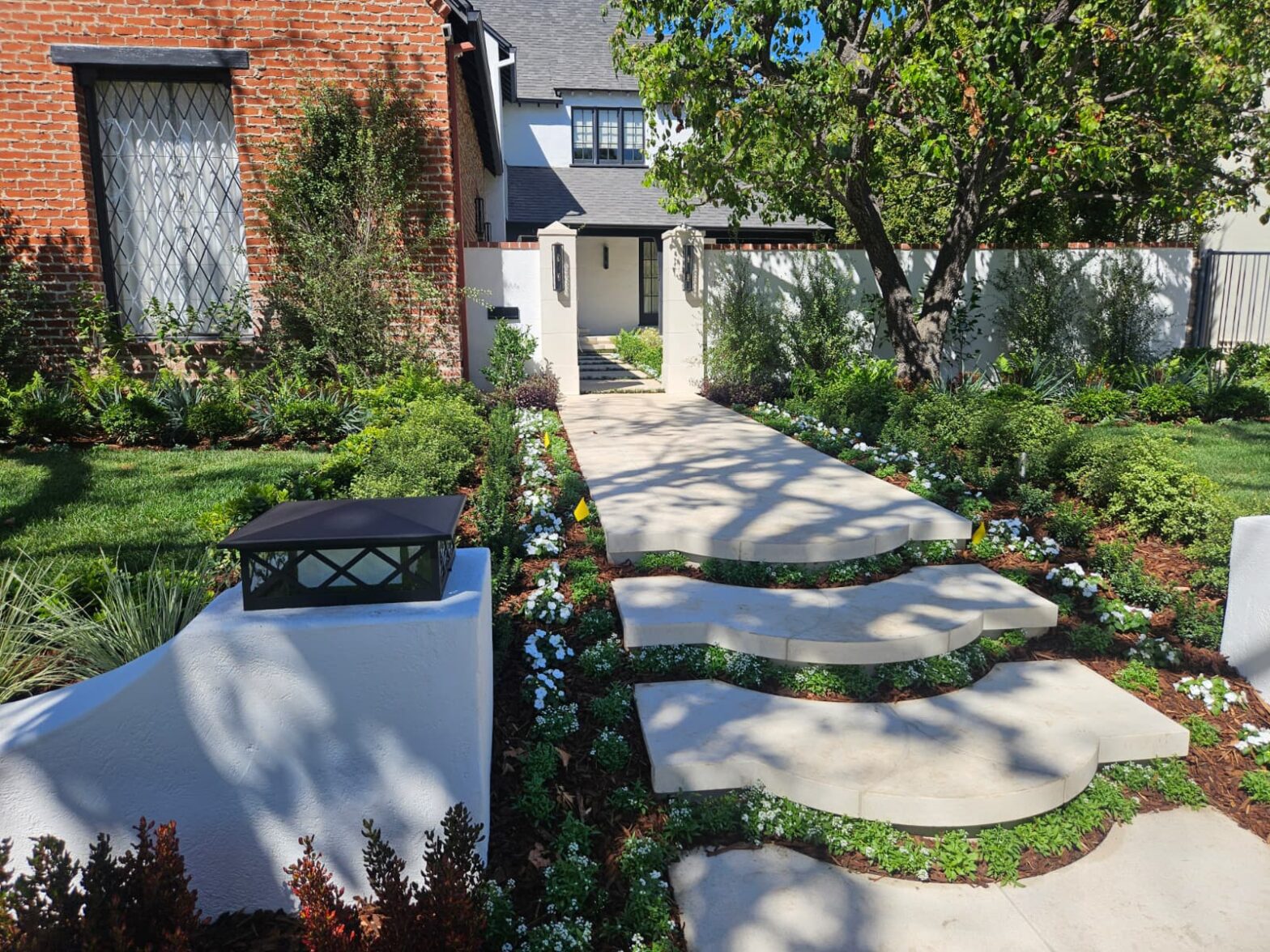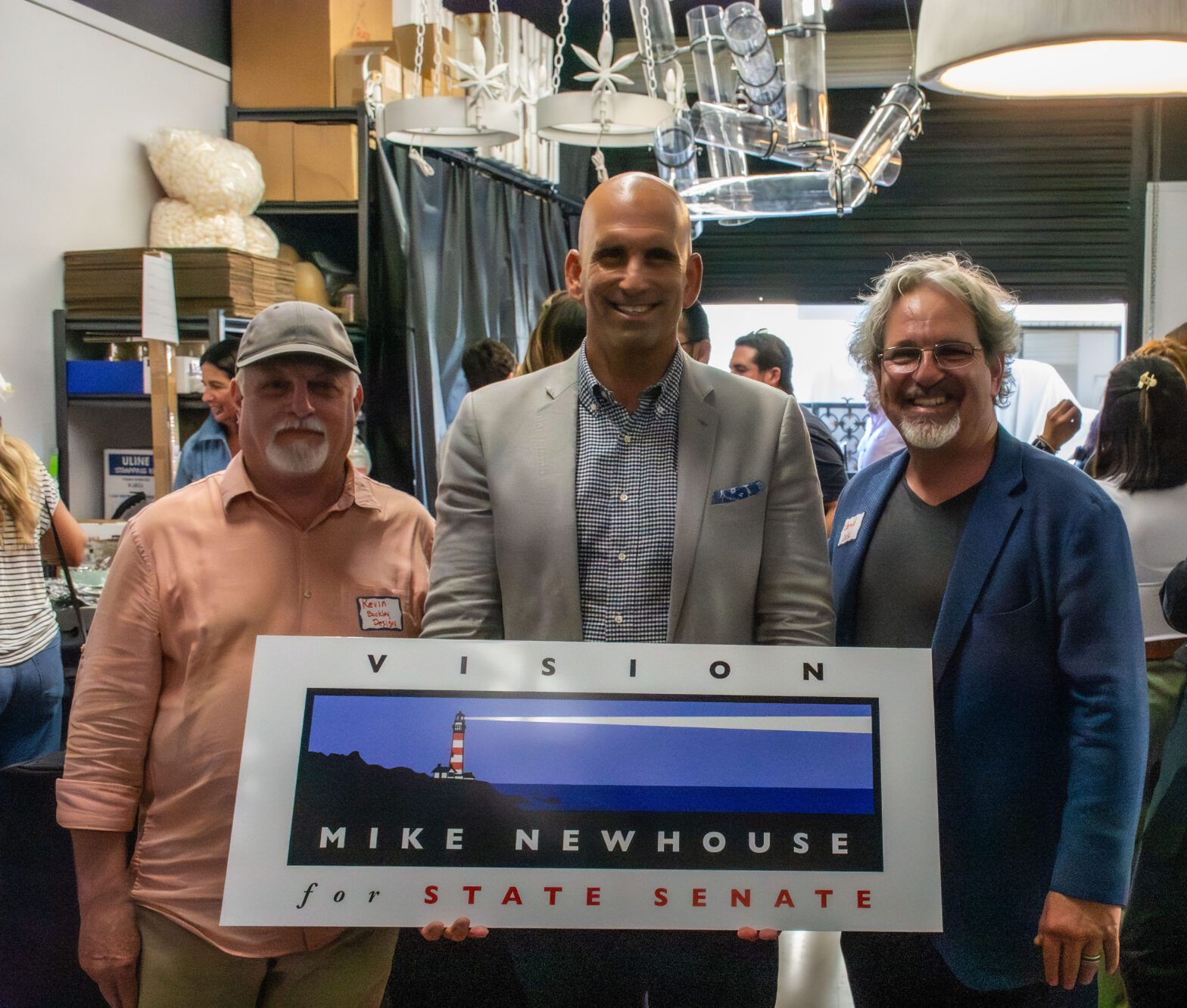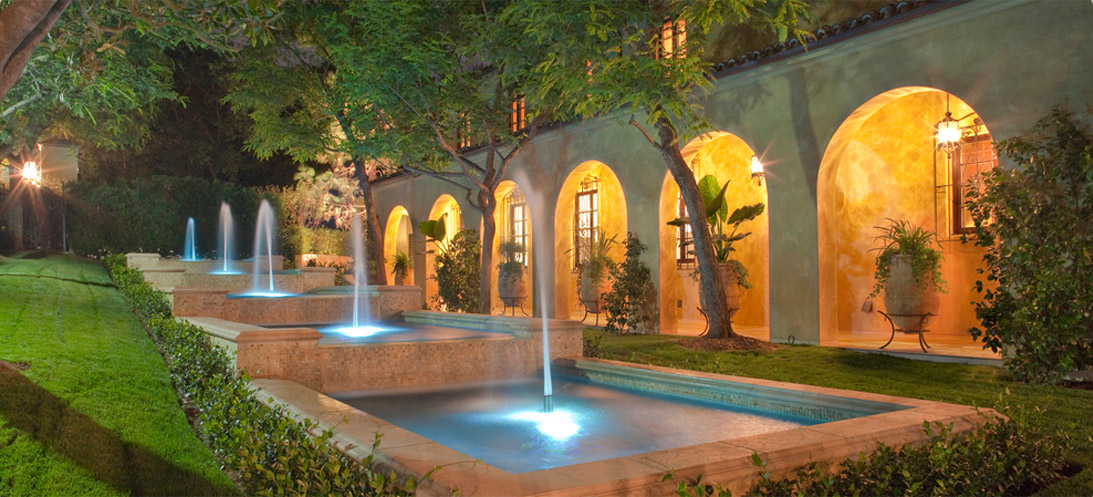One of the great aspects of our work is getting to witness all the different manufacturing, construction and design processes. During the making of the Boulevard Lamp for a hotel project, we had the opportunity to visit a Glass Blowing Studio where we brought in a camera and took video of the fascinating process. Today, we would like to share the video along with a brief history and process for making Blown Glass. We hope you enjoy it as much as we did.
Manipulation of glass into shapes by using ceramic molds dates as far back as ancient Egypt and Mesopotamia, but Glass Blowing as a technique did not appear until around 50 BC, during the Roman Empire, when, instead of using pressure to shape the glass into the mold’s outer wall, they blew the glass into a mold with cuts in it. These cuts would then leave an imprint in the glass. The new production technique allowed blown glass to become a common household object, rather than a luxury reserved for Pharos and upper class it had been before.
During the Middle Ages, Venice was the most important trade post between East and West and by 1291 on account of fears of fires, all glassmakers were relocated to Murano, where glassmaking techniques were explored and improved upon.
The Blown Glass process remains pretty much unchanged since the Middle Ages. The molten (very hot liquid glass) glass is placed on the end of a stainless steel or iron tube called a punty or blowpipe then rolled on a table surface called the marber where an air bubble its blown into it. The shaping process starts using a combination of tools, movement and blowing, as well as several turns at the furnace for reheating to allow for further manipulation. Once the desired shape has been achieved, the glass is placed in a different furnace or annealed and is allowed to slowly cool down over several days.
Glassblowing is often a group activity; a complex and difficult process that results in beautiful works of art. One member of a team calls the shots and everyone else listens as he instructs the crew in what to do, how to manipulate the tools and create the glass works, like those seen in the video of ADG’s field trip to the glassblowing studio.













